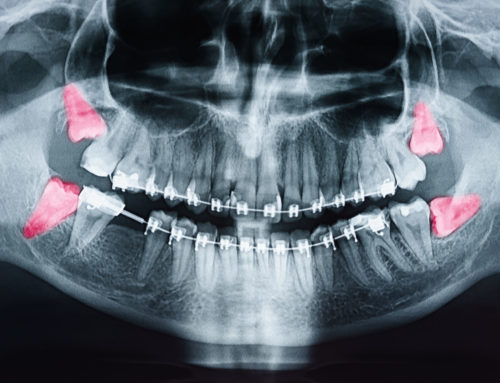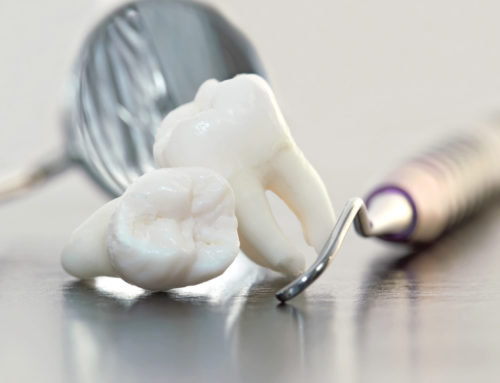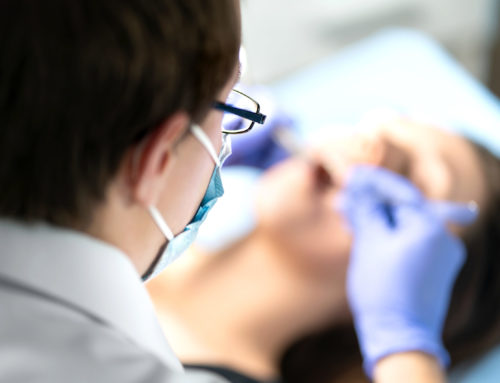 If your child has been born with a cleft palate and you are considering a surgical repair, you are bound to have questions about the procedure. By getting answers to some of the most common questions, you’ll likely feel more comfortable when surgery day rolls around.
If your child has been born with a cleft palate and you are considering a surgical repair, you are bound to have questions about the procedure. By getting answers to some of the most common questions, you’ll likely feel more comfortable when surgery day rolls around.
Do Cleft Palates Always Result in Cleft Lips?
No. Only about 50% of children with clefts have a cleft that involves both the lip and palate. Another 25% have clefts that only involve the palate, while the remaining 25% have clefts that only involve the lip.
Why Should Parents Choose Cleft Palate Repair Surgery for their Child?
In the U.S., we are fortunate in order to have the expertise and resources to provide cleft care for babies born with a cleft lip or cleft palate. The main reasons for repairing a cleft include appearance, speech development, improved eating, and optimizing the health of the ears. A submucous cleft palate might not need repair, as feeding and speech may not be impacted.
How Many Surgeries Are Needed?
This will vary depending on the patient, but at minimum, one surgery will be needed to repair the palate while a separate surgery will be used to repair the lip. However, additional surgeries may be needed to make the lip appear normal or to improve speech.
How Long Does Recovery Take after a Cleft Palate Repair?
Babies will typically need to be monitored closely for several days after surgery, and recovery will take several weeks of specialized care. Throughout those weeks, your child’s hands may need to be restricted so that they don’t disturb the surgical repair or put their fingers in their mouths.
Will We Need to Follow Up?
After surgery, it is important that you follow up with your surgeon to ensure that the healing process is progressing as expected. There is always the risk of suture breakdown at the surgical site or infection, so it is crucial that you stay in close contact with your child’s surgeon.
If you have additional questions about cleft palate repair surgery, please be sure to contact our office.





